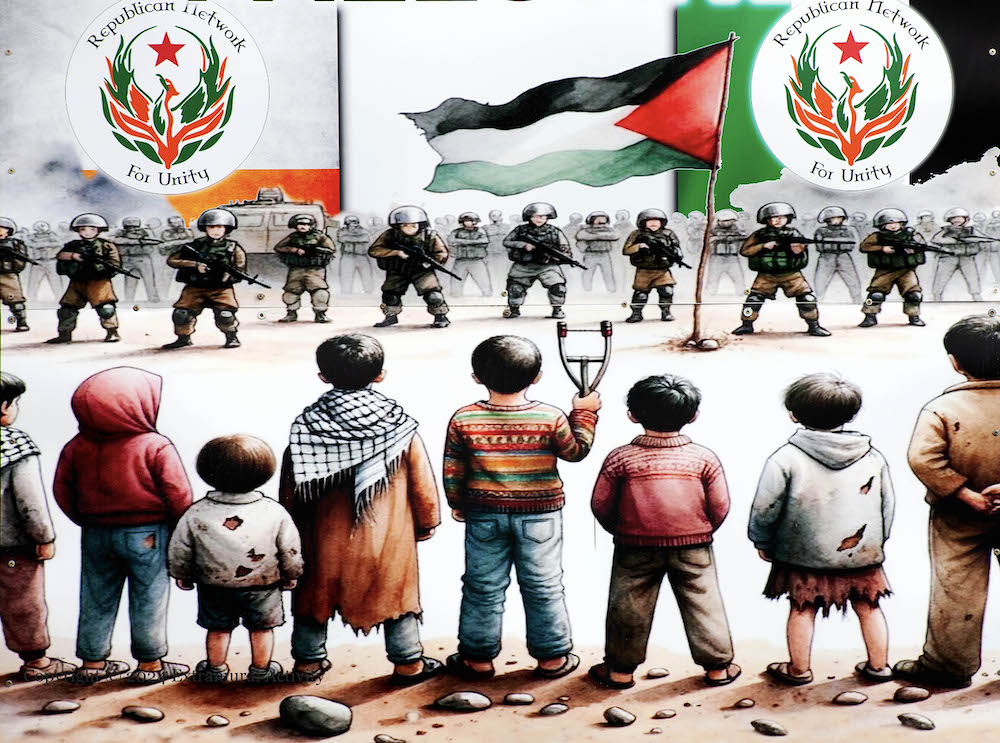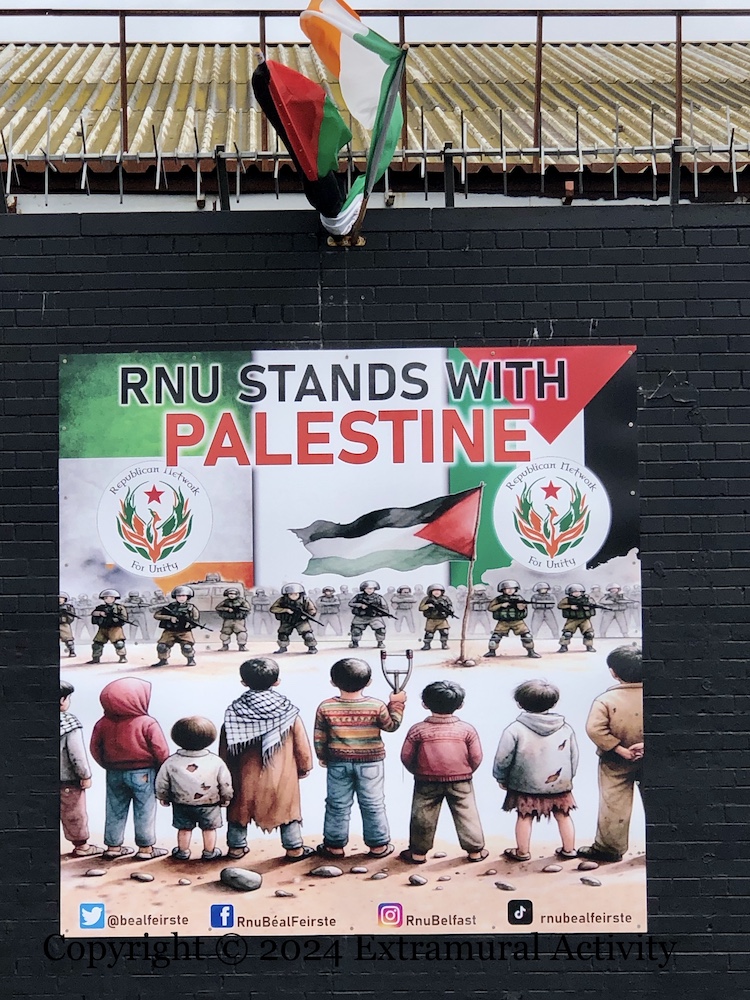


Above are images of a new UDR [Ulster Defence Regiment] veterans association board in Woodburn Avenue, Carrickfergus; below are images of people collecting for Andy Allen Veterans Support (web) on the Shankill, Belfast.
“In memory of those who gave their lives in the service of our country and are still doing so.” At its peak (in 1973) the UDR had more than 9,000 personnel (Statista). The UDR was amalgamated into the Royal Irish Regiment in 1992 and a 2005 estimate put the number of its veterans at about 58,000 (Veterans Services NI).



Click image to enlarge
Copyright © 2024 Paddy Duffy T04410 T04409 [T04411] T04412
Copyright © 2024 Extramural Activity X14959 X14958 X14957
we will remember them























